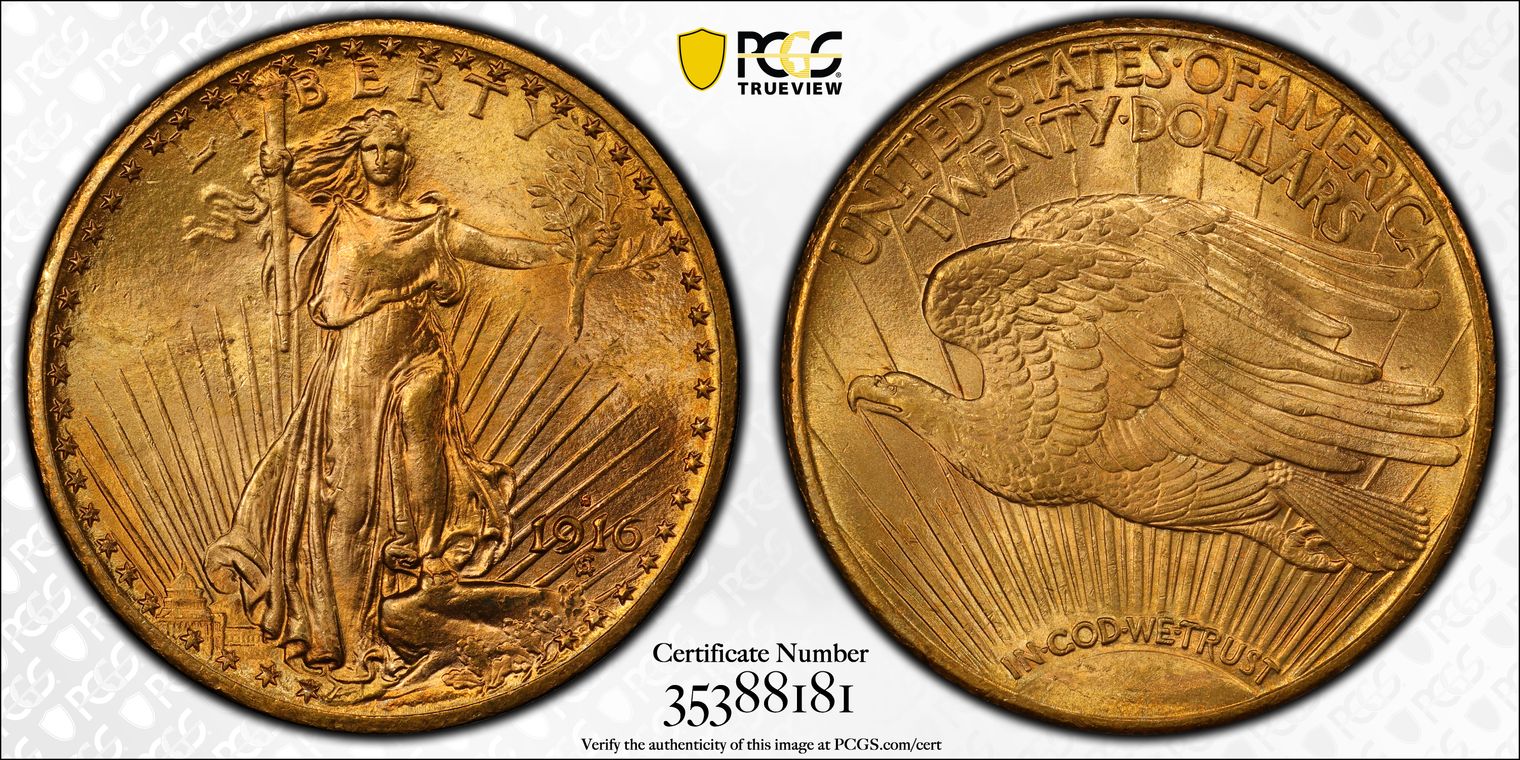Weird surface on gold coin (picture of saint)...What is it?
 ReadyFireAim
Posts: 1,838 ✭✭✭✭✭
ReadyFireAim
Posts: 1,838 ✭✭✭✭✭
I've seen it several times and my 16-S has a little bit of it.
I was calling it watery because it kind of looks like ripples on a pond when you move the light.
(not my coin)
(my coin)
3
Comments
Several dates in the teens have a similar surface. There appears to be a chemical residue on yours also.
Orange peel was what I was taught...
Well, just Love coins, period.
IMO, "orange peel" has a completely different appearance. Perhaps "rough satin" describes these surfaces better.
PS I will concede that "orange peel" describes these coins better than when used to describe the surfaces of gold proofs!
Obviously this coins was made in the autumn and was struck through fresh apple butter.
Maybe the chocolate started melting under the foil? 😆
Indian Head $10 Gold Date Set Album
And to make things even weirder, the obverse is usually more effected.

Often the reverse of an "orange peel" coin is frosty or salty like my 16-s
(the below is the reverse of the 1911-D above and an extreme example that has "orange peel" on both sides)
So it's usually the hammer die or the top of the planchet???
My Saint Set
It has the appearance of rusty dies that were cleaned but not fully buffed...JMO... Cheers, RickO
Pretty coins, not sure about the surface, almost seems like the surface of a matte proof... Maybe similarly made?
My YouTube Channel
It just so happens there is one for sale now.




I've been visiting it every so often
http://www.collectorscorner.com/Products/Item.aspx?id=43601157
My Saint Set
My theory lies towards the die surface themselves. Sort of like the rusted die strikes of some early 1800's coinage.
That's sweet!
My YouTube Channel
What’s the indication for this?
The coin in OP's post was not sandblasted and has nothing in common with any proof Saint-Gaudens coin.
Here is some interesting information on the above proof (if you didn't notice the link in the listing)
My Saint Set